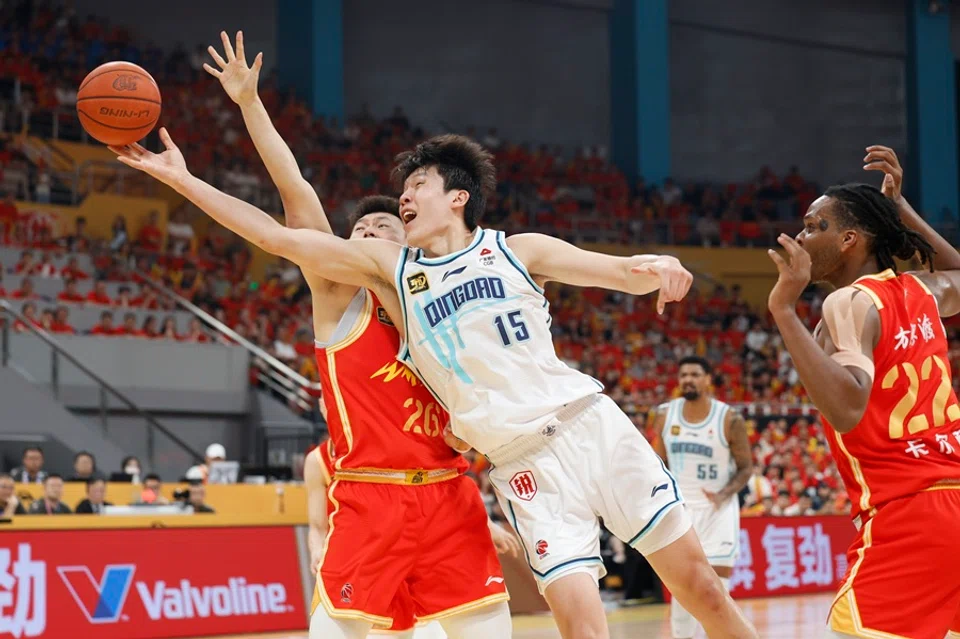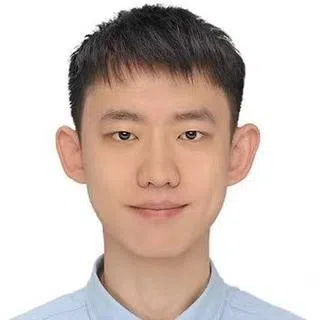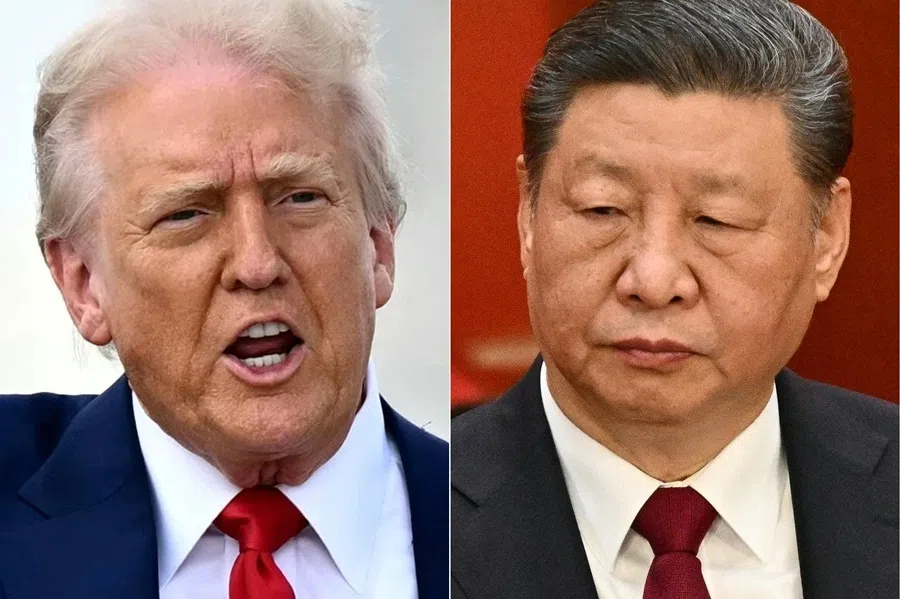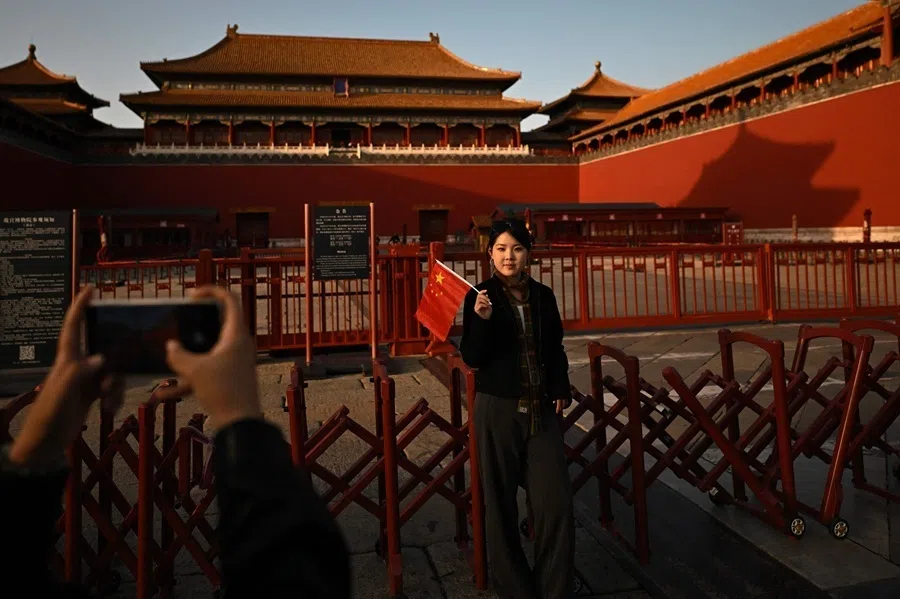From Beijing to Shanghai: How China’s invisible migrants claim space through sports
The decision to support a football or basketball team might seem like a trivial matter, but master’s candidate Wang Yuchen says that it reveals deeper issues of urban identity and social integration in China. He explains how internal migrants in cities like Beijing and Shanghai express dissatisfaction and negotiate their identity through their support for hometown teams.

In spring 2025, the Chinese Basketball Association (CBA) went into full swing, with 20 teams battling it out on the court. Below the surface and the excitement of the cheering crowds, however, a rather curious phenomenon was developing.
In cities such as Beijing and Shanghai, visiting teams from provinces like Shanxi or Liaoning received more cheers than the home team, at least from the perspective of fanbase composition. Cheers of “jia you” for visiting teams frequently drowned out local cheers, as large numbers of migrant fans turned out to support the teams from their hometowns.

This overwhelming show of support for visiting teams is not merely a sports phenomenon — it is also a sociological one. The screaming from the bleachers reveals a deeper social tension — one that extends beyond the game of basketball itself to touch on social issues of identity and belonging.
Amid China’s rapid urbanisation, where internal migration has transformed megacity demographics, the sports stadium has become an arena in which identity is negotiated. For many new migrants, cheering for their hometown team is more than an expression of fandom; it is an assertion of cultural roots and a subtle act of everyday resistance against social exclusion.
For new urban migrants, teams like Shanxi Loongs or Liaoning Flying Leopards represent more than excellence in sports games — they are symbols of local pride.
Beyond basketball: sports as a carrier of identity
Provinces such as Shanxi, Liaoning and Xinjiang are often marginalised in national economic development narratives. Nonetheless, these regions can achieve success and capture national attention when it comes to professional sports.
For new urban migrants, teams like Shanxi Loongs or Liaoning Flying Leopards represent more than excellence in sports games — they are symbols of local pride.
The Shanxi Loongs emerged as the season’s dark horse. With a star-studded backcourt featuring Brandon Goodwin, Zhang Ning, Yuan Shuai, George King III and Hamidou Diallo, Shanxi advanced to the semifinals. If they can sustain their perimeter shooting and bolster their interior presence, they would be serious contenders next season.
Although Liaoning Flying Leopards is dealing with an ageing core this season — veterans Li Xiaoxu, Han Dejun and Kyle Foalgg are nearing retirement — the Liaoning Flying Leopards have lifted their fourth trophy this decade, creating a modern dynasty in Chinese basketball.

New urban migrants, especially those subject to social exclusion in the new cities they inhabit, lend their support to these teams to demonstrate their affiliation with their hometowns. The cheers, shouting and screaming are not only an expression of support for basketball games; they are also a formal declaration of migrants’ existence and identity.
... sports participation serves as a meaningful outlet to express their dissatisfaction and resistance.
Since China’s reform and opening up, immigrants have poured into cities like Beijing and Shanghai. This unique migrant experience is accompanied by layered and complex feelings relating to their sense of belonging — or lack thereof. Despite having settled in these cities for years and sometimes even decades, some of these migrants do not develop a significant sense of belonging. Instead, they often find themselves marginalised, possibly due to pervasive institutional discrimination.
Recent sociological research highlights that the social exclusion experienced by young migrant workers in Chinese cities significantly undermines their sense of belonging, unless they can assert an alternative identity that resonates emotionally and socially. Thus, sports participation serves as a meaningful outlet to express their dissatisfaction and resistance.
In this context, basketball courts turn into a space for self-expression over time. A banner waved in support of a visiting team becomes a public declaration: “We don’t care about the winner or the loser, only our hometown.”
Shenhua, with its deep historical roots and loyal base among native Shanghainese, embodies tradition, continuity, and a sense of “old Shanghai”. Shanghai Port, by contrast, is a newer, capital-backed team that has attracted support from younger, upwardly mobile migrants...
Local derbies a reflection of urban stratification
It is true that cross-provincial loyalties often make national headlines. However, the real tension often simmers in local football derbies. Much like the famous Madrid derby between Atletico and Real and the North London derby between Arsenal and Tottenham, the Shanghai Derby — between Shanghai Shenhua and Shanghai Port — is no longer a simple sporting event or competition, but a vivid manifestation of class divisions and migration dynamics in the city.
Shenhua, with its deep historical roots and loyal base among native Shanghainese, embodies tradition, continuity, and a sense of “old Shanghai”. Shanghai Port, by contrast, is a newer, capital-backed team that has attracted support from younger, upwardly mobile migrants and members of the city’s emerging middle class.
The local rivalry and fans’ cheers, symbols, and slogans at these games are thus an expression of the sociological divide between those who have inherited the city and seek to defend its cultural memory, and those who seek to earn a place there and reshape the city’s identity. In this sense, sports events turn into a battleground between entitlement and aspiration, stability and change.
These expressions of identity through sports do not occur in a vacuum — feelings of dissatisfaction and resentment originate from systemic discrimination.

These expressions of identity through sports do not occur in a vacuum — feelings of dissatisfaction and resentment originate from systemic discrimination. The hukou system, for instance, continues to draw rigid lines between “locals” and “outsiders”, affecting access to education, healthcare and housing subsidies.
Under such institutional constraints, it is unsurprising that many long-term urban migrants feel “in but not of” the cities they inhabit. Sports, in this scenario, becomes a rare space of empowerment. Support for a hometown team offers emotional refuge and a sense of symbolic belonging — a way to remain anchored in one’s origins amid urban alienation.
Interestingly, as migrants carve out new identities in unfamiliar environments, they also forge new forms of community. These communities often coalesce around newer clubs with less entrenched fan cultures. In the case of the Shanghai Port Football Club, the club functions not just as a sports organisation but also as an emotional symbol for the “new Shanghainese”. For these fans, the team is not just a club to support; it is also something they can belong to.
... the precursor to a sense of belonging is fairness. Practically speaking, the government’s policy frameworks should evolve to eliminate institutional inequalities between locals and non-locals.
How can local governments break the vicious cycle?
If sports have come to symbolise social identities, understanding the underlying dynamics behind sports rivalries becomes essential for effective urban governance. For local authorities, the lesson is clear: the integration of migrants into the city cannot be limited to infrastructure or employment alone. Emotional, cultural, and symbolic inclusion are also equally important.
Firstly, the precursor to a sense of belonging is fairness. Practically speaking, the government’s policy frameworks should evolve to eliminate institutional inequalities between locals and non-locals. Equal access to public goods — schools, hospitals, pensions, housing — cannot just be slogans; they must become a reality.
Secondly, active efforts should be made to foster cultural inclusion. Local officials should balance the protection of historical identity with new voices and fresh perspectives. It is crucial to support migrant-led cultural organisations, celebrate multi-regional festivals, and create an inclusive urban narrative. Sports arenas should not just evoke emotion with nostalgia, but also an optimism for a shared future.

After all, sports can either reinforce divisions or bridge them, depending on how we choose to engage with what unfolds beyond the final whistle.
From ‘Where are you from?’ to ‘Who are we together?’
With the progression of the CBA season and the intensification of local derby rivalries, the crowds will continue to roar. Yet, behind each cheer is a story of migration, identity, and struggle. The fans waving Shanxi flags in a Beijing stadium are not outsiders who disrupt local order, but citizens who express their thirst for belonging.
In the end, a city is not just defined by high rises and shopping malls, but by people and passions. When we begin to hear less of “Where are you from?” and more of “Who are we, together?” — it will mark the moment when true urban integration begins.





